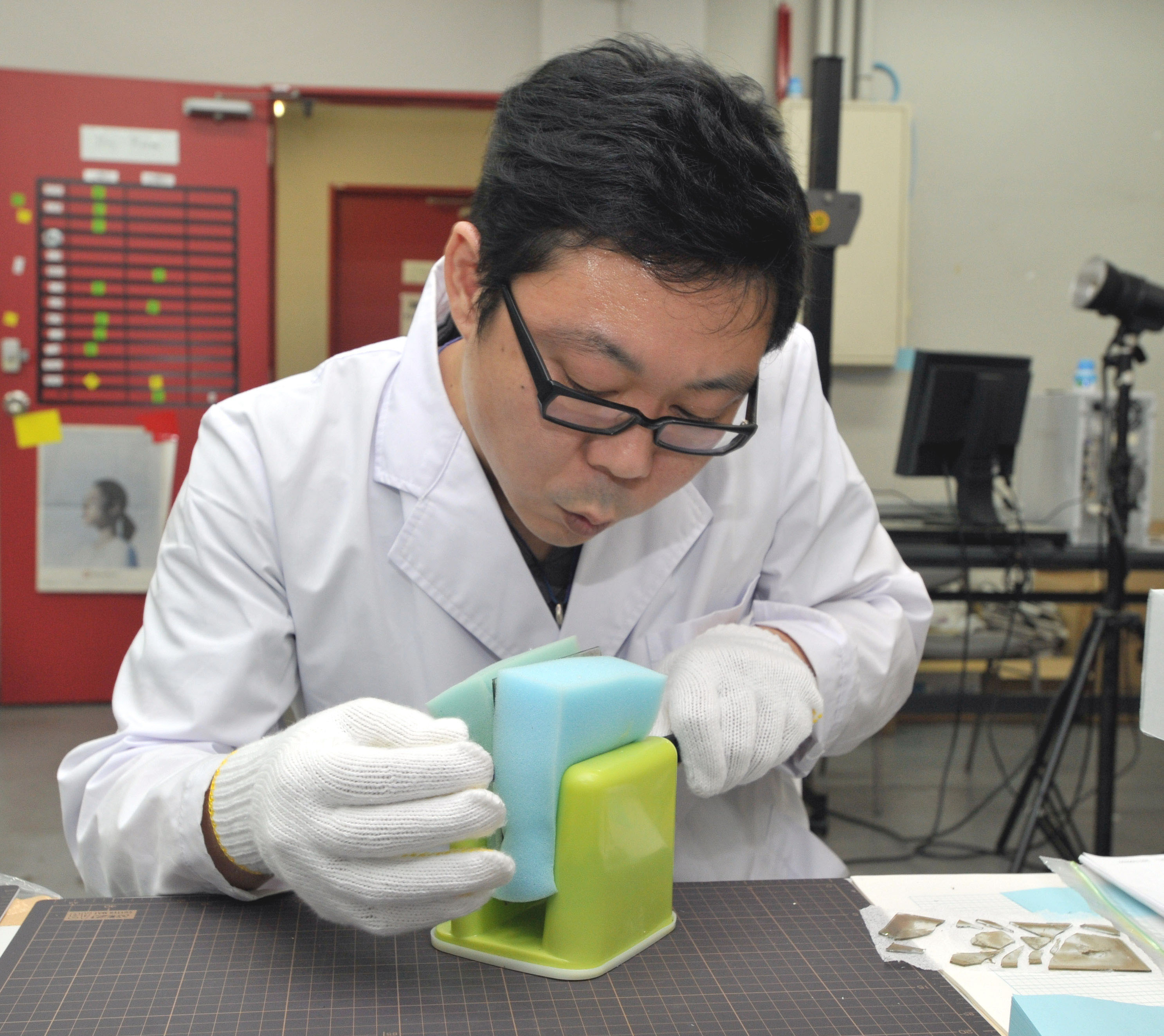Of all the many and varied recovery and repair efforts now under way following the Great East Japan Earthquake and tsunami of March 11, 2011, few would be as fiddly as the Rikuzentakata Disaster Document Digitalization Project.
Each Wednesday night and on weekends, a group of volunteers quietly assembles in nondescript classrooms in the Tokyo Polytechnic University in the capital's Nakano Ward. They don white lab coats, gloves and surgical masks, and then set to work cleaning and digitizing 80,000 or so historical photographs, negatives, slides and dry prints recovered from the wreckage of the tsunami-devastated Rikuzentakata City Museum and other public cultural facilities that were once the pride of that Iwate Prefecture community of 24,000 residents, of whom over 2,000 perished in the disaster.
The mammoth undertaking, which is now in its 10th month, is led by Takeshi Uchida of Waseda System Development, and Tokyo Metropolitan Museum of Photography curator Keishi Mitsui, who were drawn together in the quake's aftermath by a shared desire to do something to help.


















With your current subscription plan you can comment on stories. However, before writing your first comment, please create a display name in the Profile section of your subscriber account page.